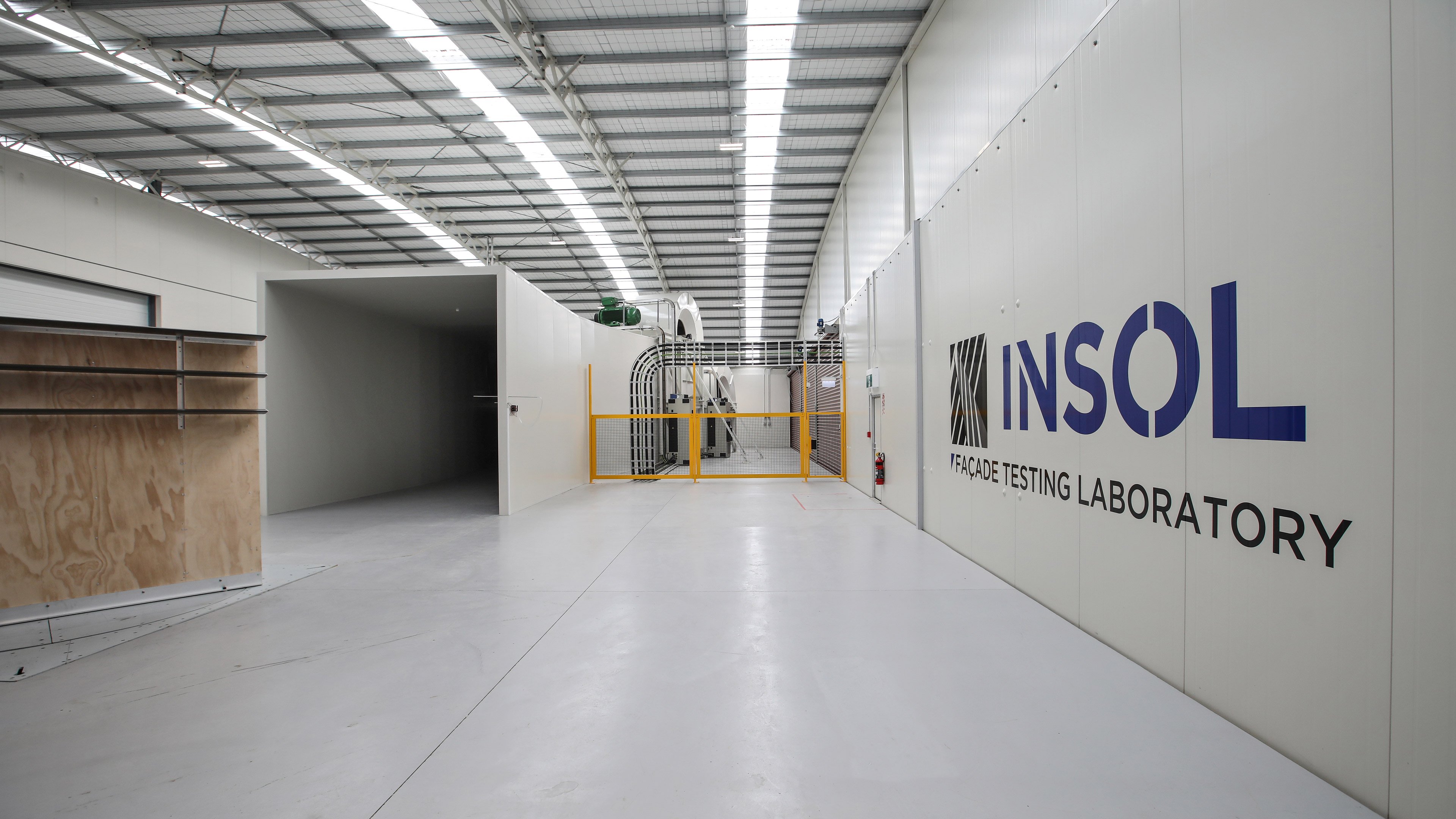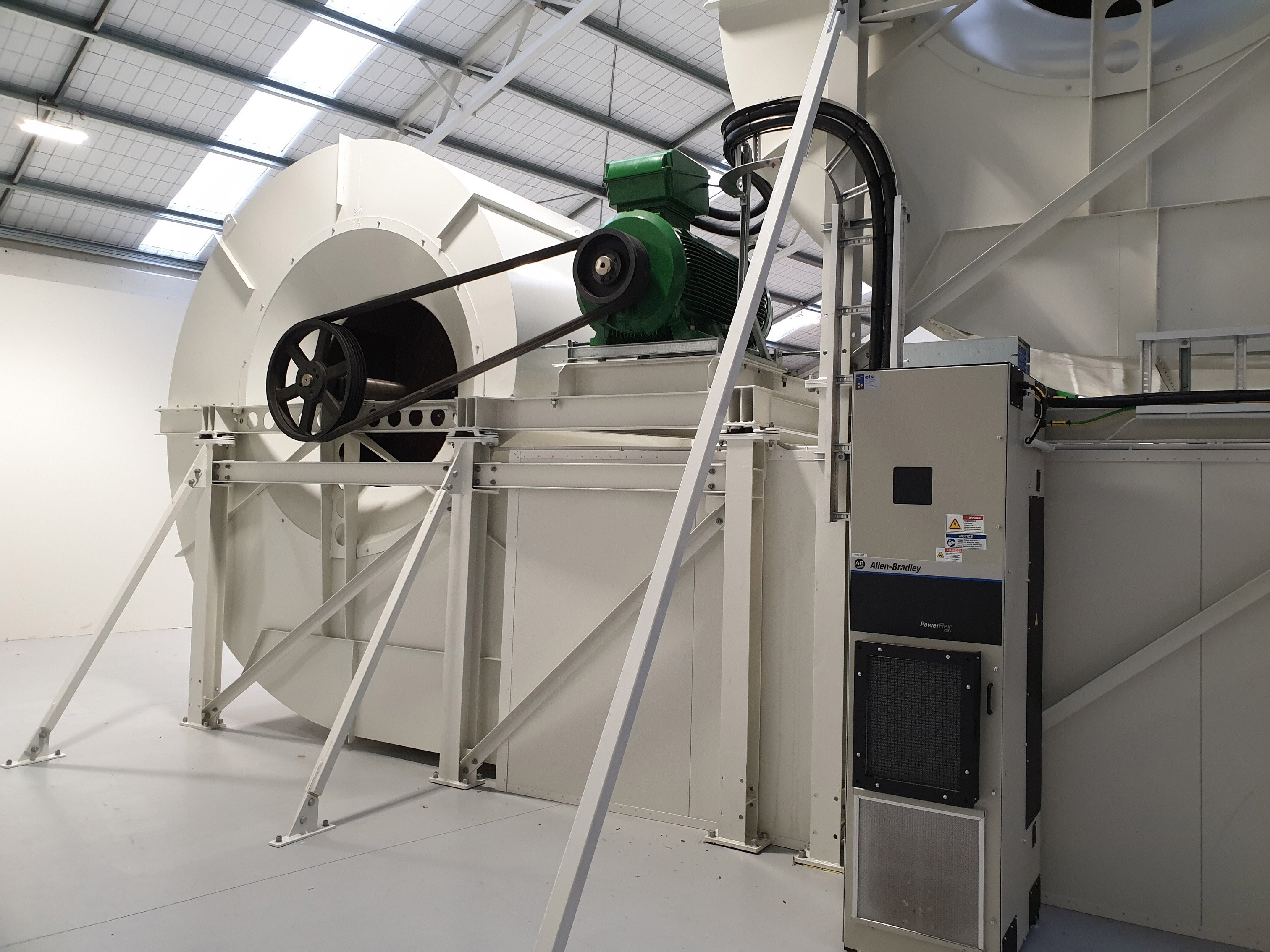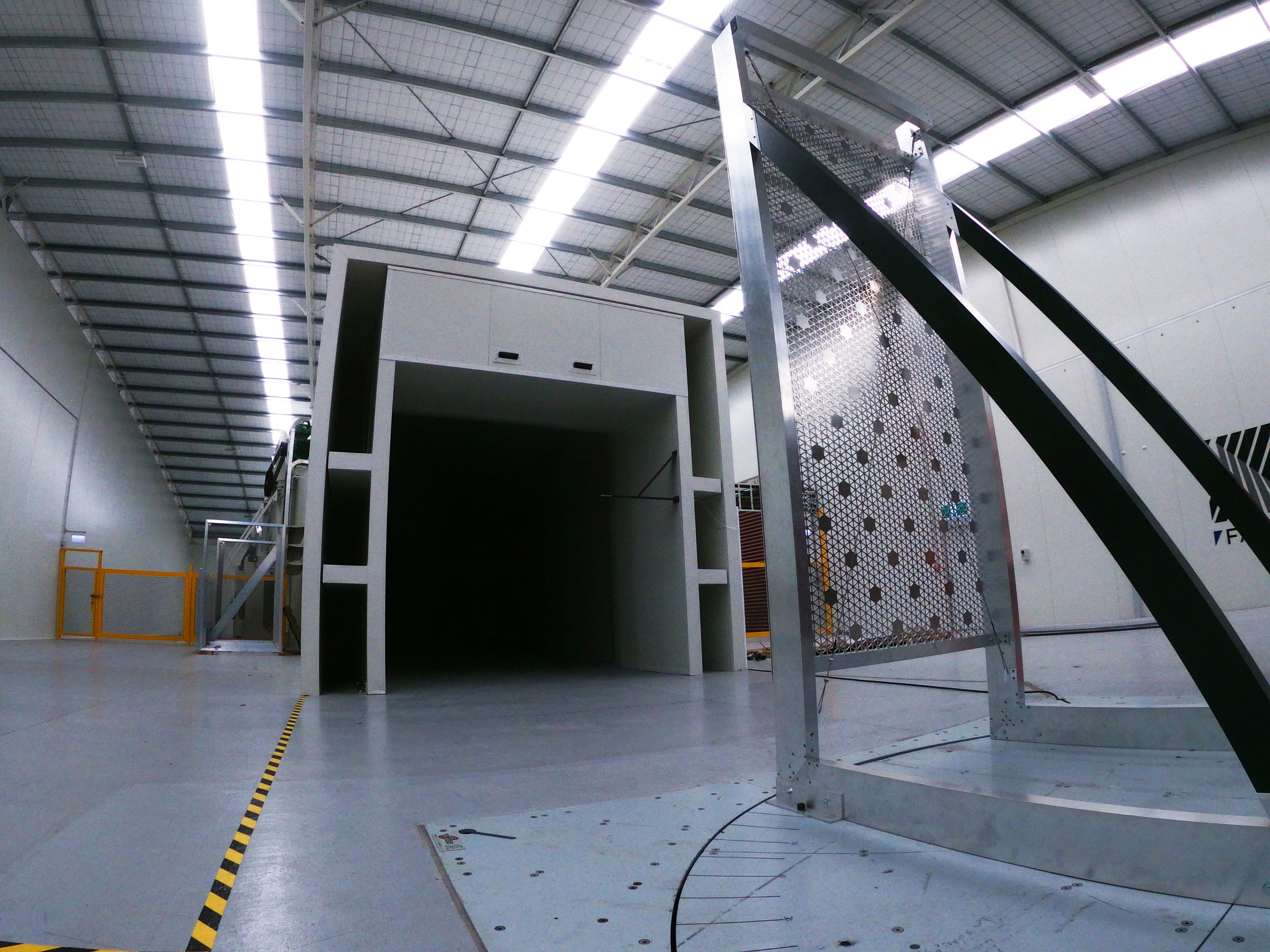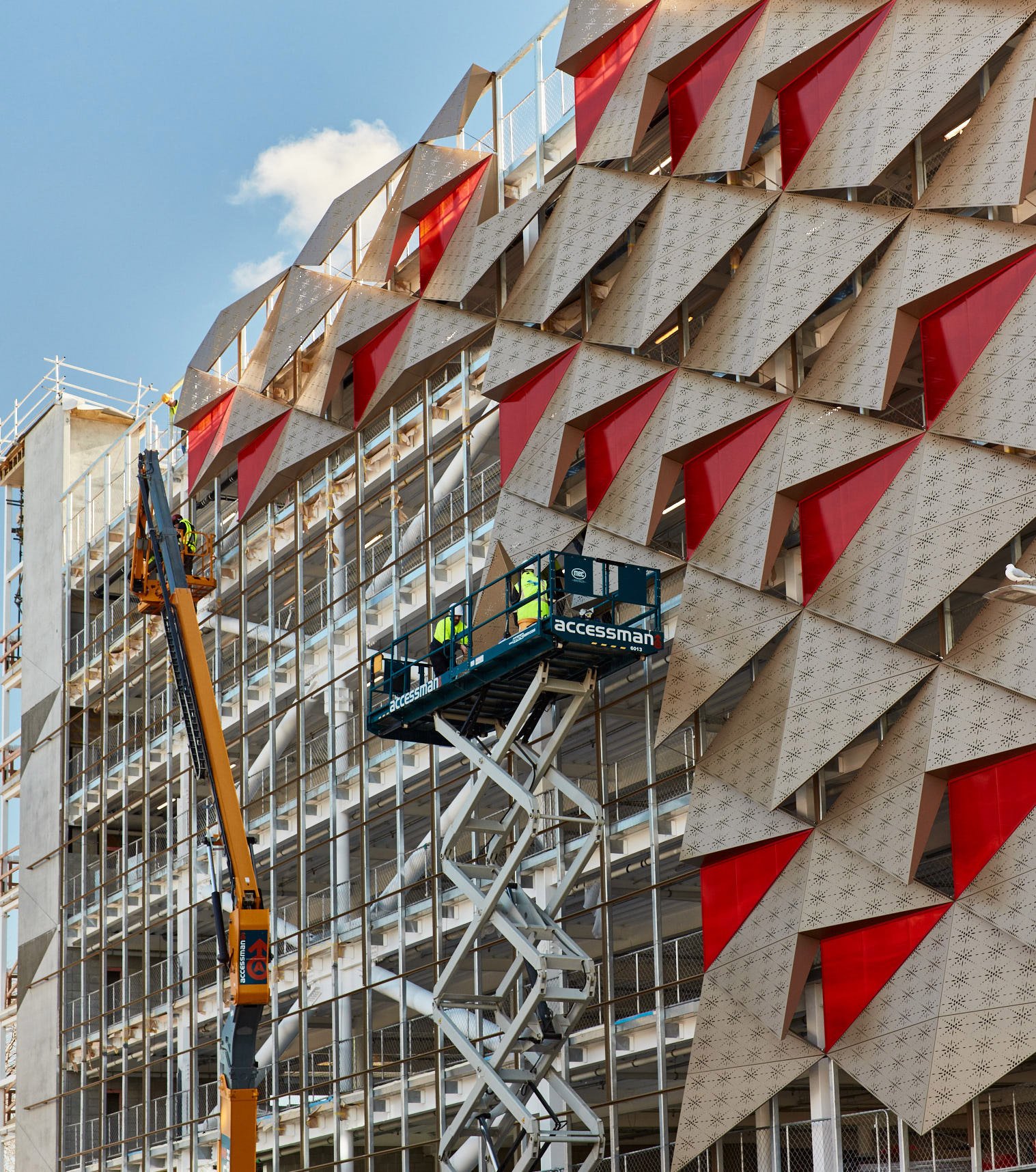As either a purpose to stand out of the crowd or blend in with the surroundings, architectural facades are one of a building’s most important exterior elements.
Smart new technologies and materials can help boost energy efficiency. Facades can help to reduce heat loss in cooler climates or maintain cooler temperatures inside buildings in warmer climates.
Designs and materials are continuing to push the boundaries of what is possible. This presents a number of important considerations for architects and facade engineers alike
An area of contention is how building facades will react to weather patterns, especially wind. Wind causes a number of issues such as the unwanted production of sound or the physical degeneration of the facade. In more extreme cases, sudden failure of facade elements at considerable height is likely to have catastrophic consequences.
In addition, there are issues around liability that are not directly covered by the building code or design specifications. Therefore, given the inherent safety and functional considerations, testing facades for structural integrity and wind noise provides the best possible scenario.
To make this testing possible, Insol – a New Zealand based family business specialising in the manufacturing and installation of highly customised and complex facades for commercial construction – decided to build a wind tunnel to test architectural facades. This testing is key to help improve risk mitigation and safety.



